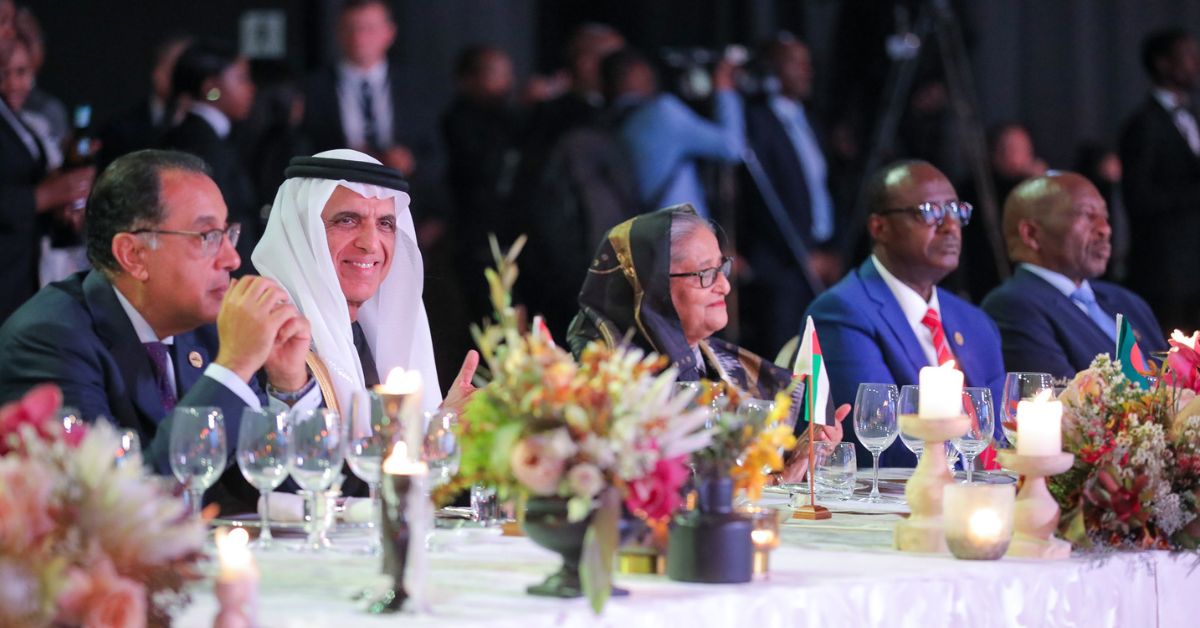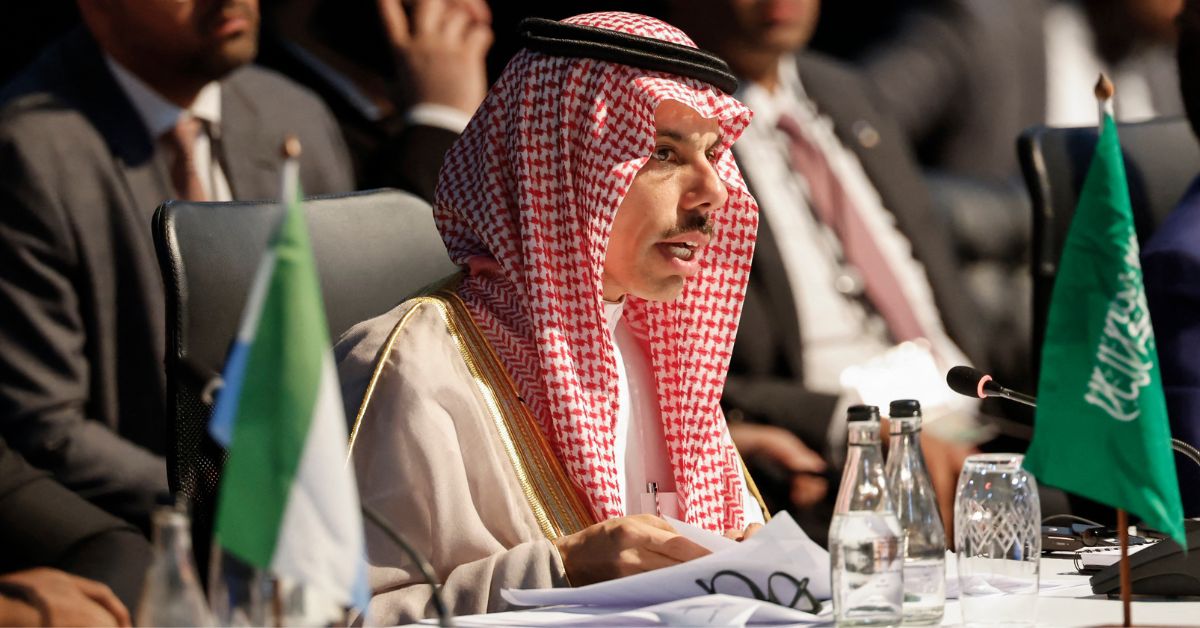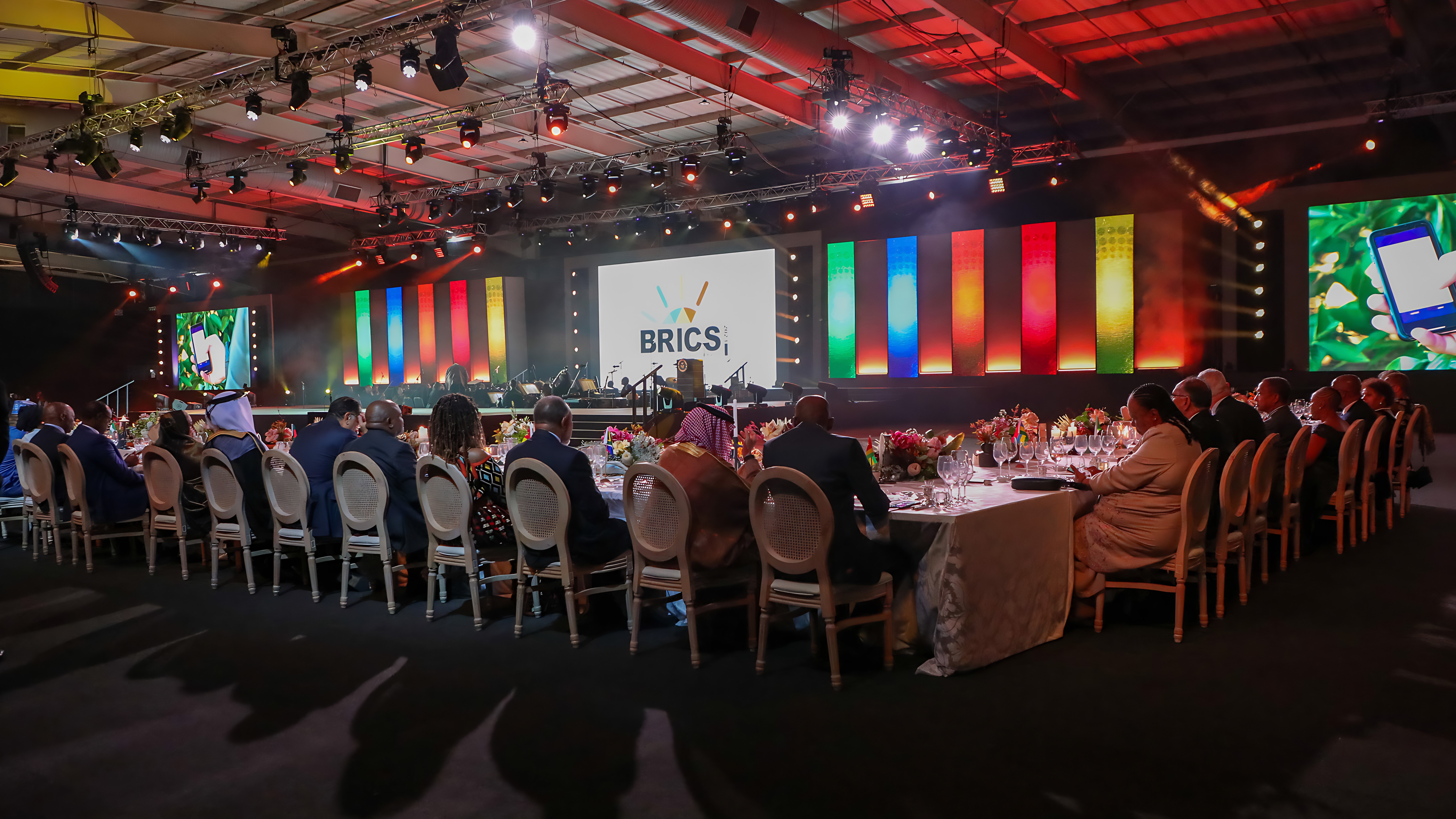ABU DHABI, UAE — The inclusion of Saudi Arabia, the UAE, Iran, Egypt, Argentina, and Ethiopia into the BRICS group may offer only a limited short-term economic uplift for the member nations, said a latest report.
“While the expansion is noteworthy, we currently do not foresee any alterations to our sovereign ratings due to this development,” said S&P Global Ratings in its latest report.
The agency’s perspective is grounded in the historical performance of the original BRICS nations, the distinct economic structures and financial systems of the members, and their evident lack of political unity.
However, S&P Global Ratings also highlighted potential benefits, noting, “Being part of BRICS could amplify global awareness of the members’ objectives, possibly ease existing tensions among them, and foster increased bilateral collaboration.”
The report emphasized the diverse nature of the BRICS members, both economically and politically. It pointed out the vast differences in S&P’s foreign currency sovereign ratings among the members, ranging from high investment grades to as low as ‘CCC’.
The potential new entrants present a spectrum of developmental stages and economic challenges. This is evident from the wide GDP per capita range, spanning from $1,220 in Ethiopia to a robust $51,456 in the UAE.
A significant observation from the report was the economic dominance of China within BRICS. “China’s economy alone surpasses the combined economies of all other member states, underscoring potential disparities in policy influence within the consortium,” the agency remarked.
With the proposed expansion, BRICS would represent approximately 30 percent of global GDP and encompass 45 percent of the world’s population. Some analysts believe that this enlarged bloc could serve as a counterbalance to Western dominance in global economic and geopolitical arenas.
At their recent annual summit in Johannesburg, the main “BRICS” countries, namely Brazil, Russia, India, China, and South Africa, agreed to grant Argentina, Ethiopia, Iran, Saudi Arabia, Egypt, and the UAE full membership beginning in January of next year.

The inclusion of the six new countries represents a true historical shift, altering the composition of the “BRICS” group and significantly increasing its influence and economic capabilities.
After the BRICS economy was about US$26 trillion, representing about 25.6 percent of the global economy in 2022, it will be approximately US$29 trillion, representing about 29 percent of the global economy after the six new countries join.
According to World Bank data, the six new countries will add US$3.24 trillion to the BRICS economies.
In more details, China’s GDP in 2022 was US$17.963 trillion, India’s US$3.385 trillion, Russia’s US$2.240 trillion, Brazil’s US$1.920 trillion, and South Africa’s US$405 billion.
According to World Bank data for 2022, Saudi Arabia’s GDP reached US$1.108 trillion in 2022, the UAE’s GDP was US$507 billion, Egypt’s GDP was US$476 billion, Argentina’s GDP was US $632 billion, Iran’s GDP was US$388 billion, and Ethiopia’s GDP was US$126 billion.
Not only will the economy grow, but the population of the BRICS countries will grow to more than 3 billion and 670 million people, or nearly half of the world’s population, up from 40 percent of the world’s population before the recent development.
The map of the world’s land area depicts the economic group’s rapid expansion. BRICS occupied about a quarter of the world’s land area before the six countries’ accession, but it will occupy 32 percent of the world’s land by the beginning of next year.
The group appears to be taking over the global energy market as well. According to data from the “life.ru” website, BRICS will control 80 percent of global oil production in its new form, with the influence of Saudi Arabia, the UAE, and Iran.
After joining the list of new countries, the group now accounts for 38 percent of global gas production and 67 percent of global coal production.
In addition, with the joining of new members, six of the world’s ten largest oil producers became members of BRICS, focusing on Saudi Arabia, Russia, China, Iran, the UAE, and Brazil.
International trade
It doesn’t end here. At the beginning of next year, the BRICS countries will constitute about 16 percent of global trade, as the group contributes about 16 percent of export movement and 15 percent of the world’s imports of goods and services, according to the International Monetary Fund (IMF).

The Fund’s data for the year 2022 indicates that China’s trade volume amounts to US$5,744 billion, constituting 11.6 percent of global trade, India’s US$1,096 billion (2.2 percent of world trade), and Russia’s US$837.5 billion (1.7 percent).
As for Brazil, its trade volume is US$645.8 billion (1.3 percent), the UAE is US$645.7 billion (1.3 percent), Saudi Arabia is US$551.3 billion (1.1 percent), South Africa is US$297 billion (0.6 percent), and Argentina is US$167.5 billion (0.3 percent).
In 2022, Egypt’s trade volume reached about US$154.9 billion (0.3 percent), Iran’s reached US$54.5 billion (0.1 percent), and Ethiopia’s reached US$13.5 billion (0.03 percent).
According to World Bank data, the BRICS group countries’ share of global gross domestic product, commodity exports and imports, and energy sector has steadily increased.
The group countries also have high levels of foreign direct investment, with China leading the way with US$180 billion in 2022, which is 10 percent of total global foreign direct investment flows.
In addition, joining a global economic group such as the BRICS benefits all countries, whether new or existing members, because they work to achieve interconnection and benefit all. The BRICS countries are also working to increase market size and improve the flow of investments and funds.
The BRICS group contributes to increasing expected trade between members, expanding trades and settlements in local currencies, and transferring technology and manufacturing from major industrial countries such as China, India, and Russia to non-industrial countries, thereby reducing the role of Western countries in this field.
Aside from the reasons stated above, this step contributes to the possibility of opening new markets for countries’ exports, as well as working to alleviate the foreign currency problems experienced by some group members.







